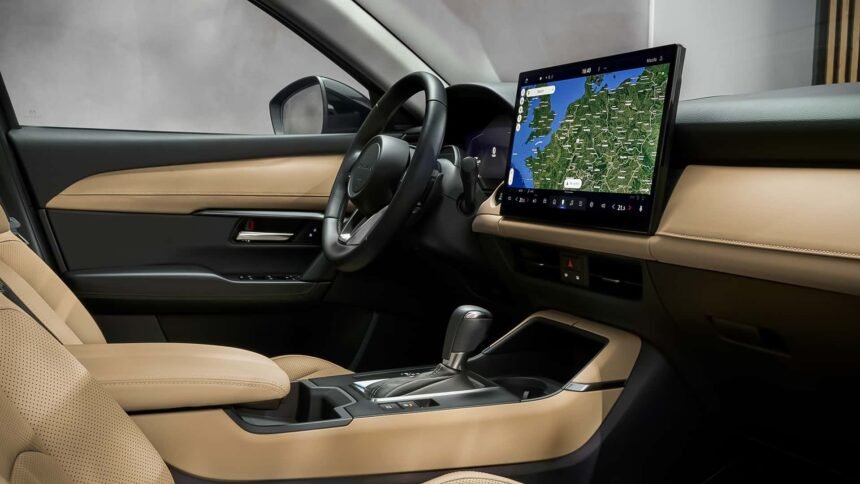Mazda has unveiled the third-generation CX-5, a popular model that has been a best-seller for the company since its debut in 2012. With over 4.7 million sales under its belt, the CX-5 has proven to be a winning formula for Mazda. While the exterior of the new model is an evolution of its predecessor, the interior has undergone a revolution.
The debut of the new CX-5 has sparked some controversy among fans, particularly regarding the minimalist dashboard design. Many have expressed their disappointment with the removal of traditional knobs and buttons, citing concerns about ergonomics and ease of use. However, Mazda has defended its decision to go nearly button-less, stating that customer feedback indicated a preference for a large infotainment system.
According to Mazda’s manager of public affairs, the new human-machine interface (HMI) in the CX-5 prioritizes ease of use while maintaining safety. The shift from a commander to a touchscreen center display aims to minimize distractions for the driver, with advanced voice recognition and steering wheel controls enhancing the user experience.
This move towards a touchscreen-centric dashboard marks a significant departure for Mazda, which has traditionally avoided overreliance on touchscreens. The company’s previous stance on touchscreens was based on research showing that drivers tended to unintentionally impact steering control when using touchscreens. However, the new CX-5 represents a shift in strategy for Mazda.
The CX-5 is not the only Mazda model to adopt this new design approach. The EZ-6 electric sedan and EZ-60 electric crossover also feature simplified dashboards centered around large touchscreens. These models have bid farewell to traditional rotary dials, aligning with a broader industry trend towards minimalist interior designs.
While some may lament the disappearance of physical buttons and controls, Mazda’s decision reflects a broader shift in the automotive industry towards touchscreen interfaces. It remains to be seen whether this trend will extend to future Mazda models, but for now, the CX-5 represents a bold step towards a more digital-focused driving experience.







